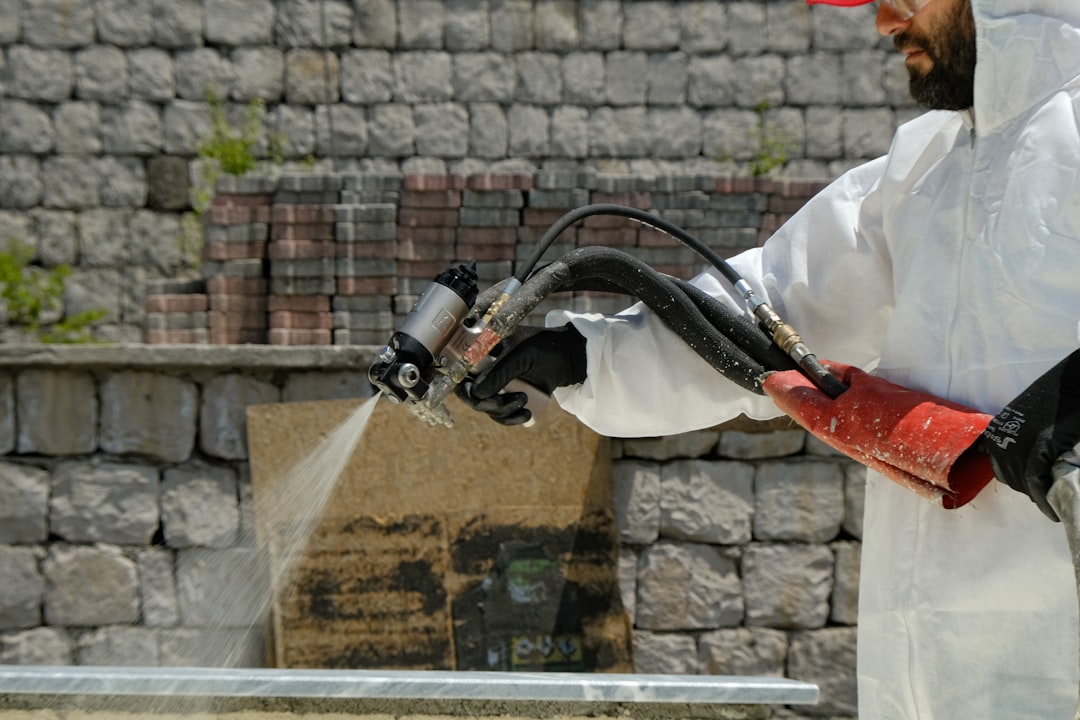Polyurethane is a commonly used wood finish known for its durability and protective qualities. However, like many other finishing products, it can deteriorate over time. Below, we explore the conditions that affect its shelf life, signs of spoilage, and best practices for storage and handling.

Maintaining proper storage conditions is crucial for preserving the quality of polyurethane. Ideally, the product should be kept in a temperature-regulated environment, with a range between 65-70 degrees Fahrenheit. Air exposure inside the can is another critical factor, as polyurethane varnishes cure through oxidation. Consider consulting Publications | Poly Cy for further reading on the topic.

If polyurethane starts to cure in the can, several signs can indicate its spoilage:
| Sign | Explanation |
|---|---|
| Hard Coat or Skin | A layer of hardened polyurethane on the surface indicates exposure to air. |
| Chunks or Gel-Like Consistency | Presence of chunks or a gel-like texture underneath the surface suggests partial curing. |
| Change in Texture | Any separation, stringiness, or drying compared to the initial liquid state. |
Polyurethane typically has a shelf life of about three years when stored properly. However, this can vary based on specific product formulations. It's advisable to check the Technical Data Sheets (TDS) of the product for precise information, such as those available for acrolon™ 218 hs - acrylic polyurethane.
You can perform a few simple tests to determine if your polyurethane is still usable:

In the event that polyurethane has begun to cure, it can sometimes be strained to remove chunks and potentially reused. However, testing the strained product on scrap wood is crucial to ensure it still bonds properly. Generally, it's safer to discard the product once curing starts, as this can lead to poor results in your projects.
If confirmed to be unusable, leftover liquid polyurethane should be treated as hazardous waste due to its chemical composition. Check your local guidelines for proper disposal, as municipalities often have specific protocols.
By following these guidelines, you can maximize the shelf life of your polyurethane and ensure high-quality finishes for your woodworking projects. For more helpful tips on insulation, visit Best Insulation Materials for Energy Efficiency and Comfort.
Stay connected with us for more insights by following our social media profiles: Pinterest, Instagram, X, and Facebook.

Immerse yourself in architecture’s most boundary-pushing ideas—where innovative home improvements meet visionary urban developments. Discover new building techniques, materials, and creative concepts that are redefining how we shape our spaces on a global scale.